Description
| Property | Value |
| CAS Number | 489408-02-8 |
| Molar Mass | 386.39 g/mol |
| Chemical Formula | C₁₆H₁₇F₃N₄O₂S |
| IUPAC Name | 2-(((5-Methyl-3-(trifluoromethyl)-1H-pyrazol-1-yl)acetyl)amino)-4,5,6,7-tetrahydrobenzo[b]thiophene-3-carboxamide |
Introduction
HBT1 Powder is an exclusive research product meticulously designed for scientific exploration, explicitly for research purposes and not for human consumption. This powdered form of HBT1 provides researchers with a versatile tool to investigate its potential benefits in neurotrophic factor modulation and neurological disease research.
Key Characteristics
HBT1 exhibits unique pharmacological properties that make it a focus of neuroscientific research. It may influence brain health and neurological function, prompting interest in its potential applications.
Research Applications
HBT1 Powder has diverse applications in research, serving as a valuable tool for investigating its potential benefits. Research particularly focuses on brain-derived neurotrophic factor (BDNF) modulation and its impact on neurological diseases.
Research Benefits
HBT1 and Brain-Derived Neurotrophic Factor (BDNF)
Studies suggest that HBT1 may influence levels of Brain-Derived Neurotrophic Factor (BDNF), a key neurotrophin involved in neuronal survival, growth, and differentiation. Exploring HBT1’s impact on BDNF levels provides valuable insights into its potential neuroprotective and neuroregenerative effects.
HBT1 and Neurological Diseases
Preliminary research indicates that HBT1 may have applications in treating neurological diseases. Investigations into its effects on neurodegenerative disorders could pave the way for therapeutic advancements.
Summary
HBT1 Powder, designed exclusively for research purposes, offers researchers a unique opportunity to investigate its potential effects on brain-derived neurotrophic factor (BDNF) modulation and its possible applications in treating neurological diseases. The distinctive characteristics of HBT1 make it a promising subject for further exploration in neuroscientific research.
Disclaimer
This content is presented exclusively for educational purposes and should not be construed as medical advice. THE MATERIALS REFERENCED HEREIN ARE EXCLUSIVELY INTENDED FOR LABORATORY AND RESEARCH USE.
Any clinical research initiatives must be conducted under the guidance of the relevant Institutional Review Board (IRB). Similarly, preclinical research involving animals must comply with the directives of the Institutional Animal Care and Use Committee (IACUC), adhering to the standards delineated by the Animal Welfare Act (AWA).
Our informational content is meticulously designed for research-oriented insights and is not a substitute for individual analysis and verification from credible sources before making any purchasing decisions.
Upon finalizing your order and payment, you explicitly acknowledge and agree to our Terms and Conditions. Customer satisfaction is our paramount concern. Should you find any dissatisfaction with the product received, kindly contact us at 419-707-5450 or email our support team at support@bc9.co.
IMPORTANT NOTICE: All products showcased on our platform are EXCLUSIVELY INTENDED FOR LABORATORY AND RESEARCH APPLICATIONS. They are expressly not intended for veterinary or human utilization.
References
- Kunugi, Akiyoshi, Tajima, Yasukazu, Kuno, Haruhiko, Sogabe, Satoshi, & Kimura, Haruhide. (2018). HBT1, a Novel AMPA Receptor Potentiator with Lower Agonistic Effect, Avoided Bell-Shaped Response in In Vitro BDNF Production. Journal of Pharmacology and Experimental Therapeutics. 364. jpet.117.245050. doi: 10.1124/jpet.117.245050.
- Bathina S, Das UN. Brain-derived neurotrophic factor and its clinical implications. Arch Med Sci. 2015 Dec 10;11(6):1164-78. doi: 10.5114/aoms.2015.56342. Epub 2015 Dec 11. PMID: 26788077; PMCID: PMC4697050.

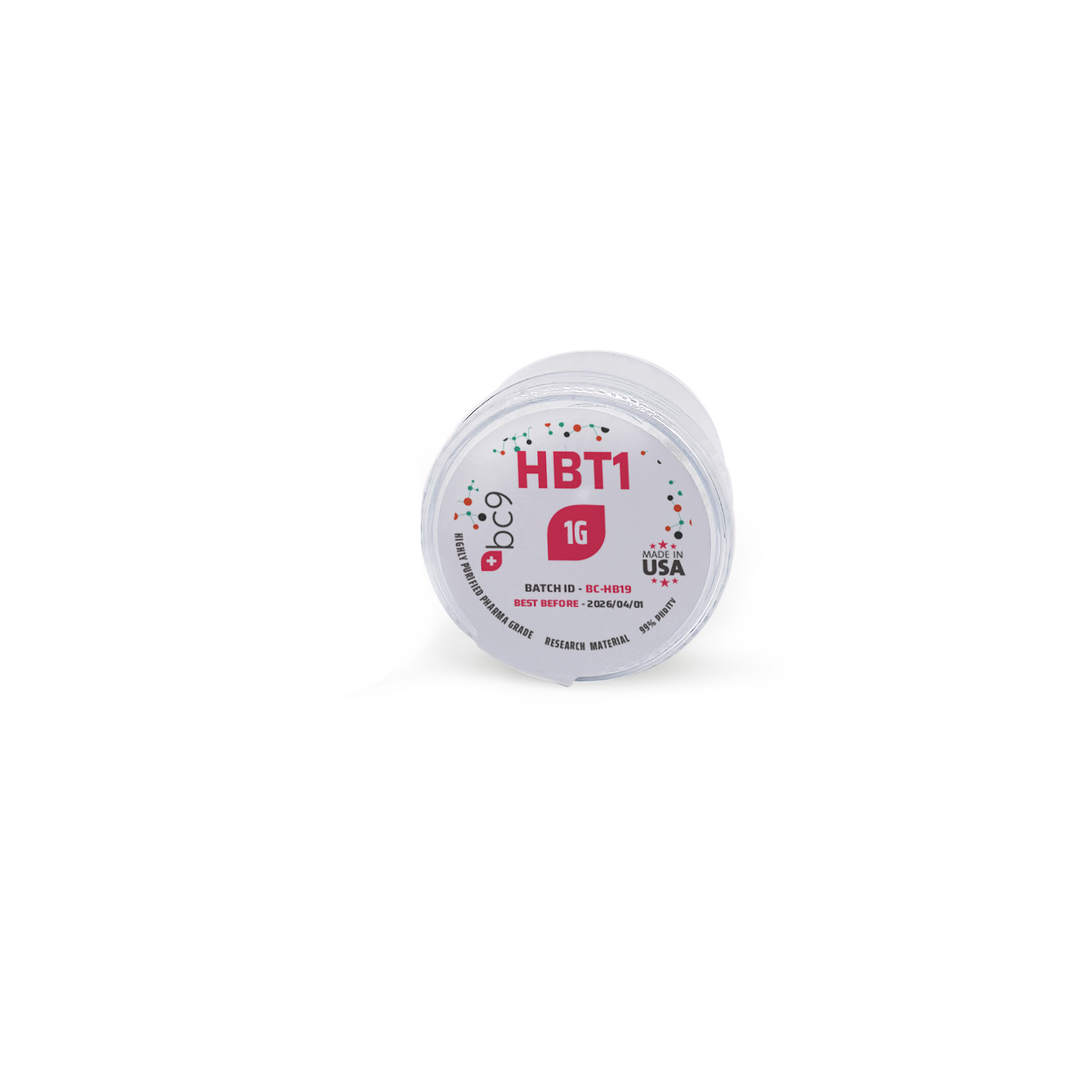
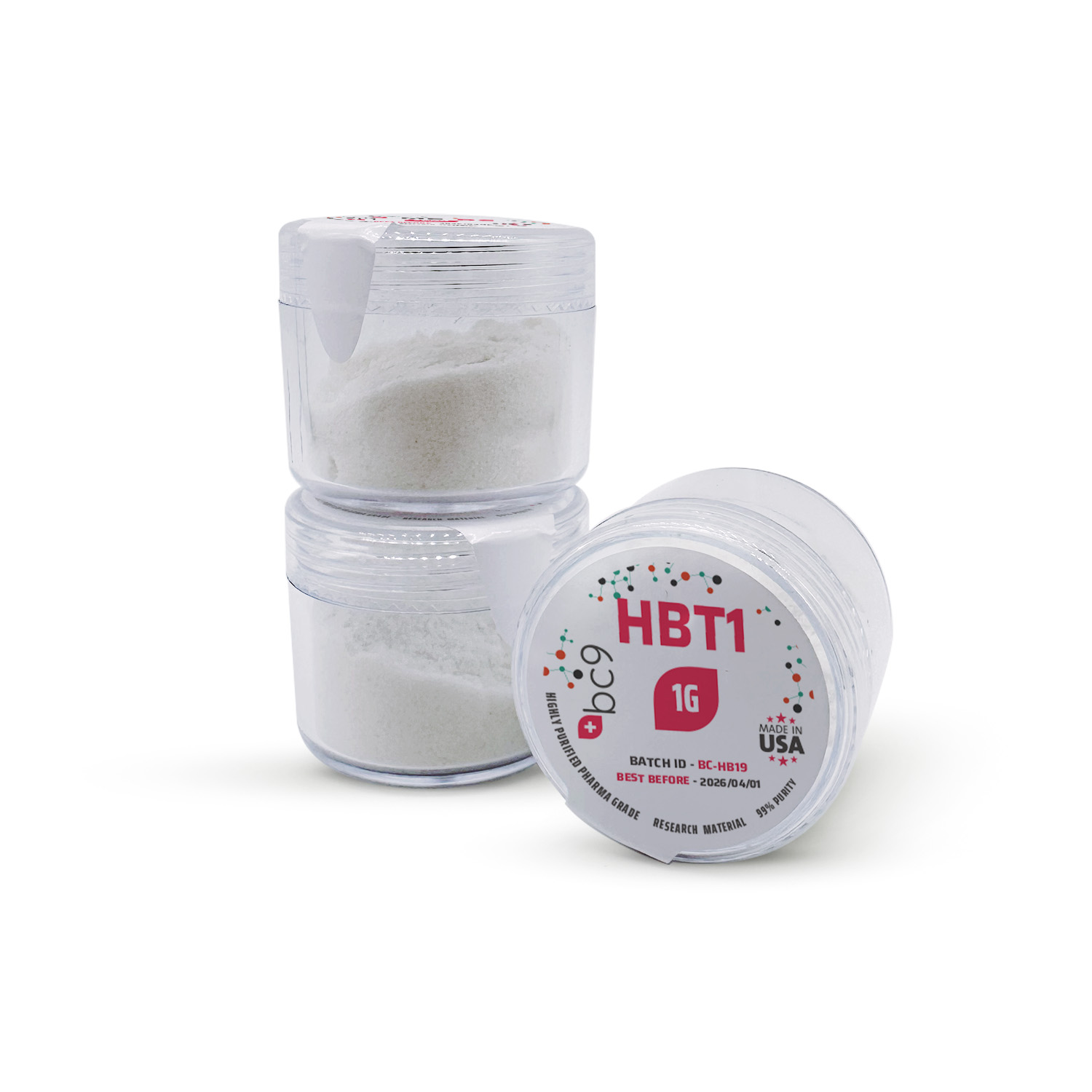
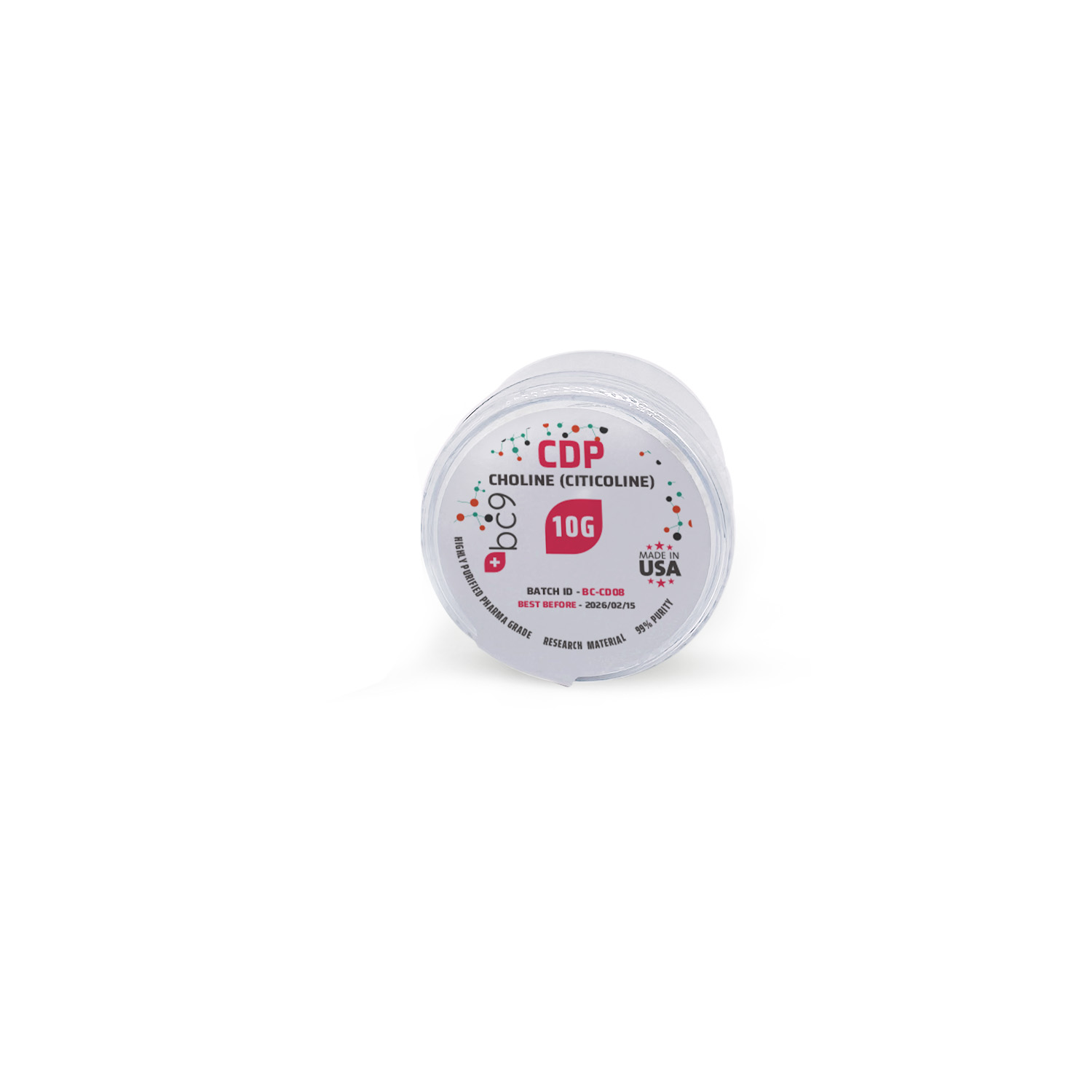
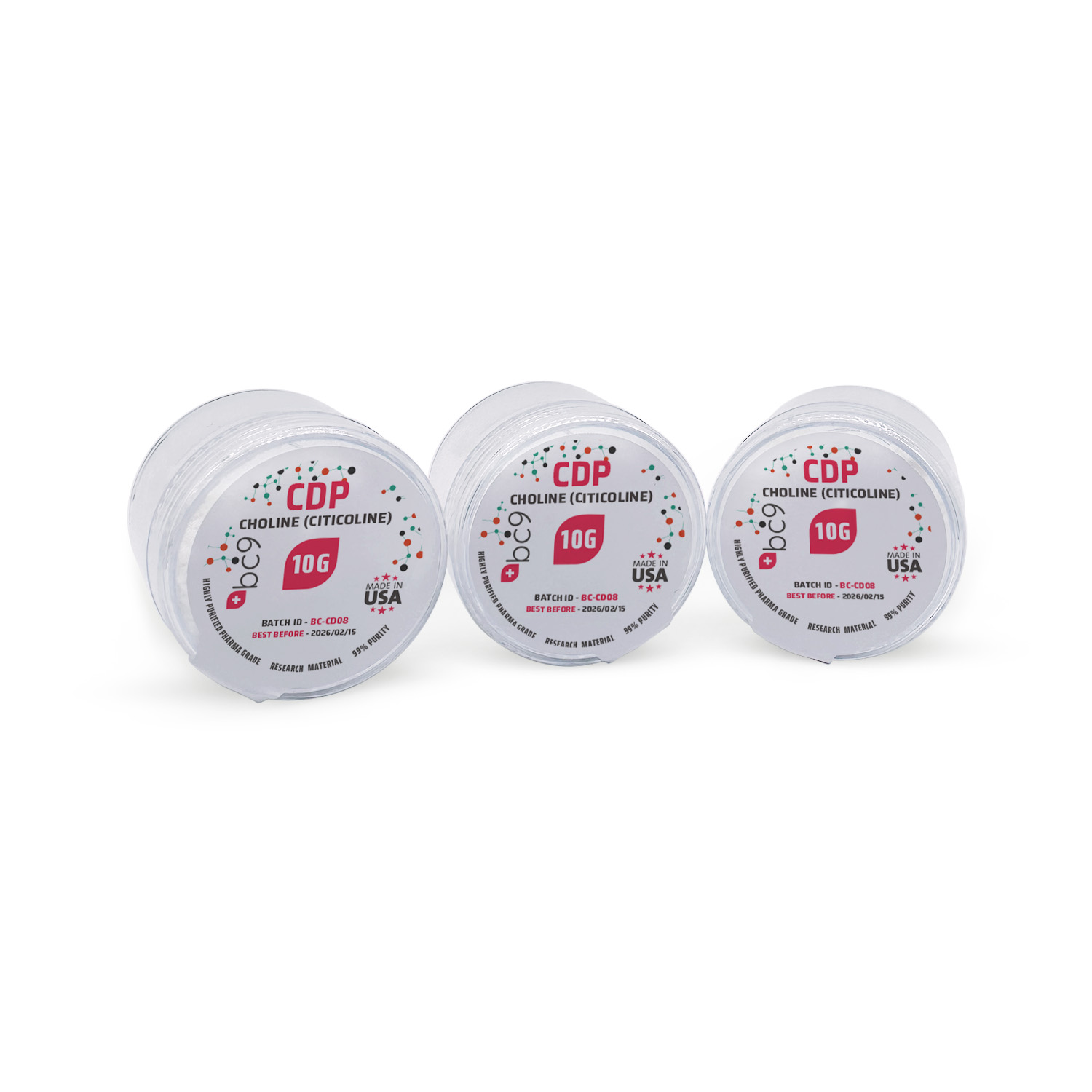
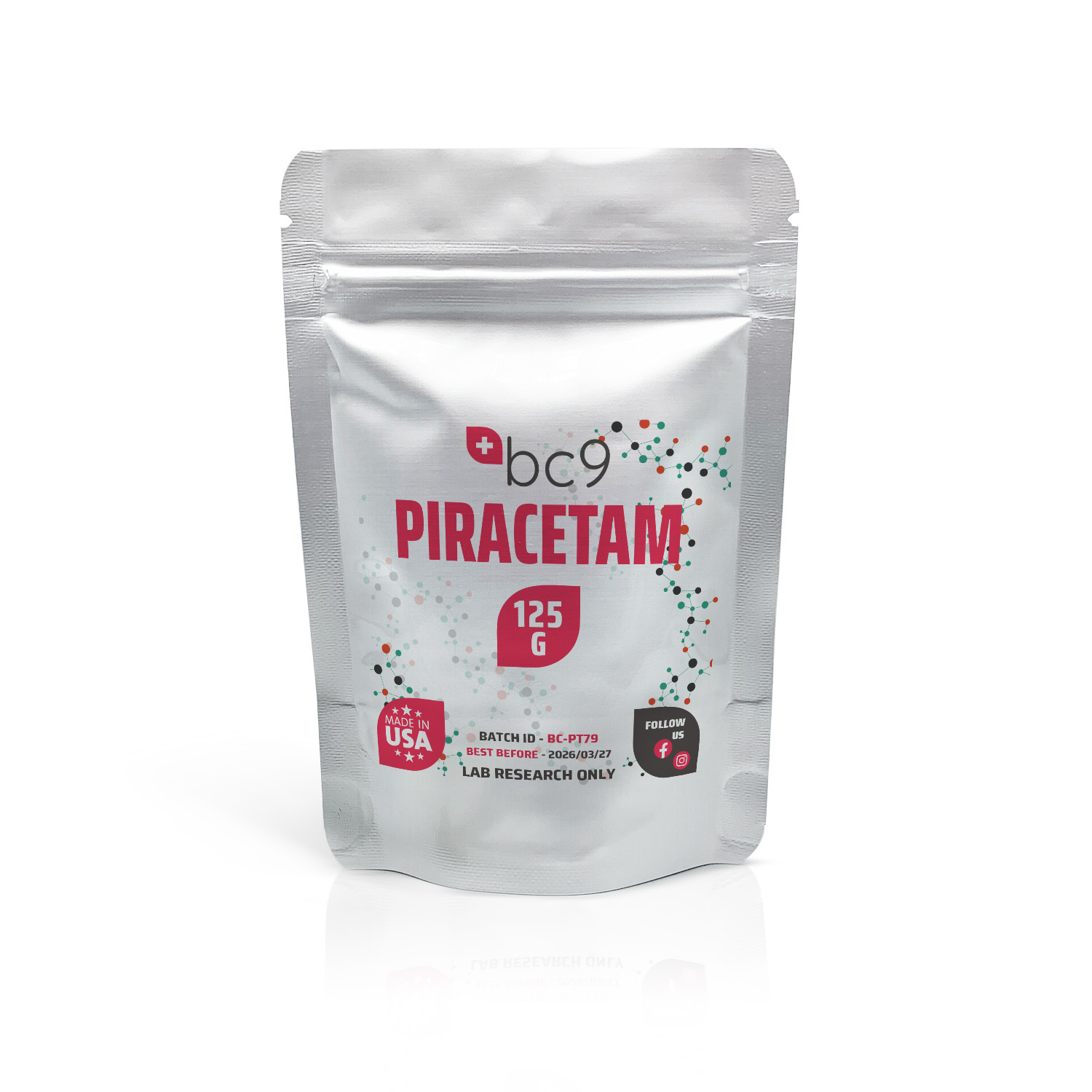


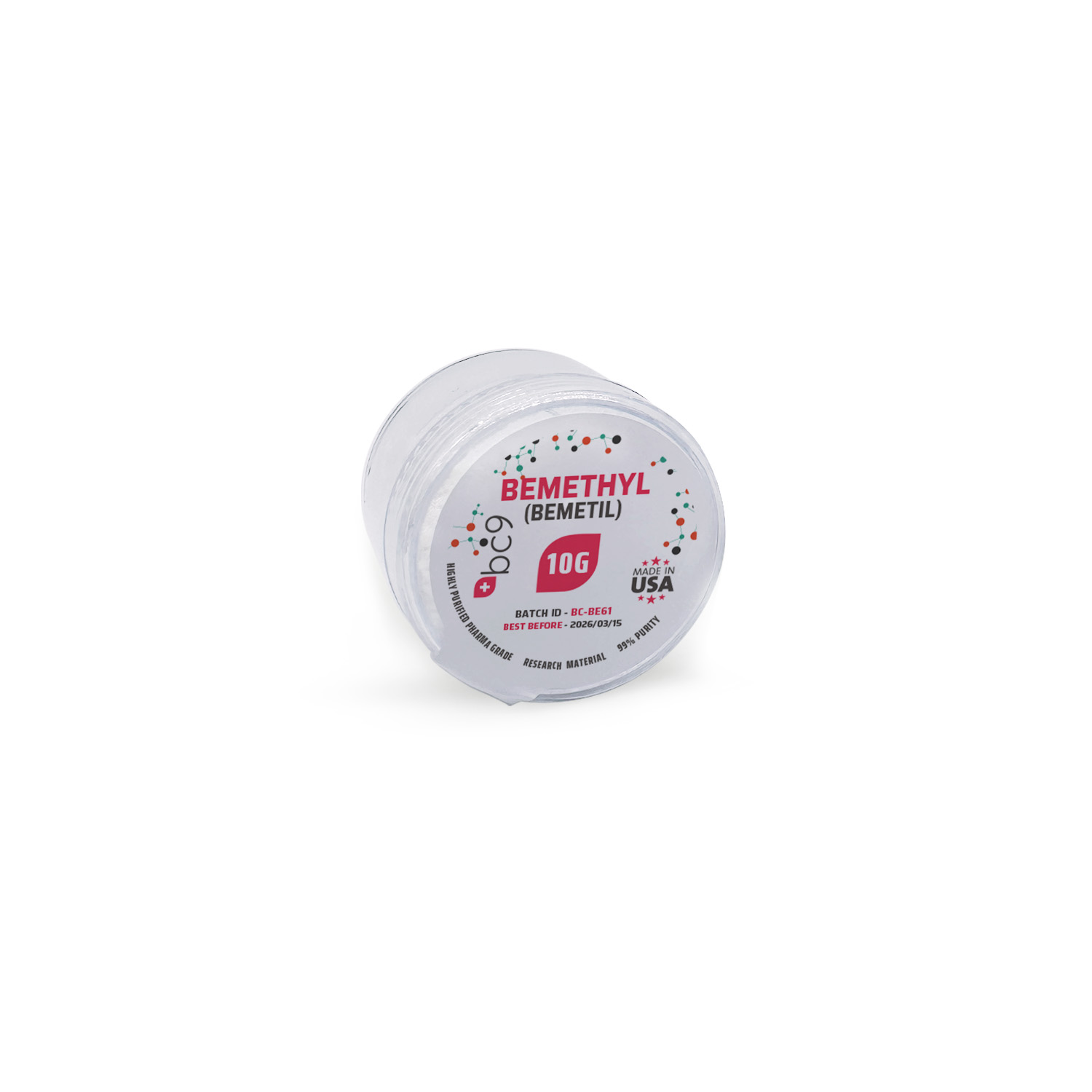


Maxwell Levy –
Quick shipping , effective, and easy to use!
Donald –
Excellent quality, it’s doing exactly what I need.